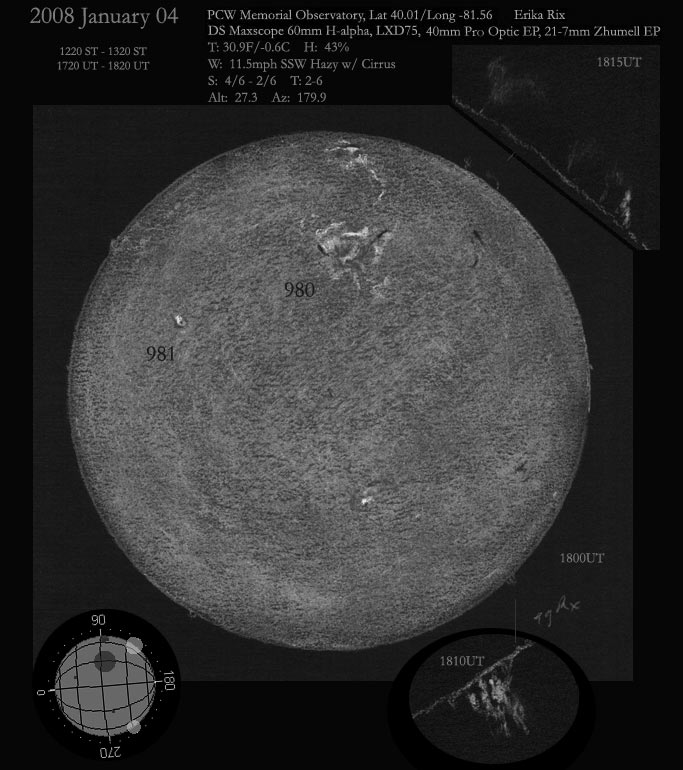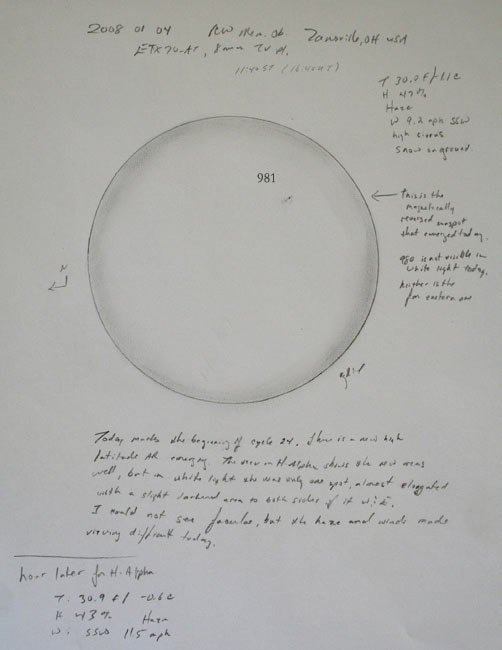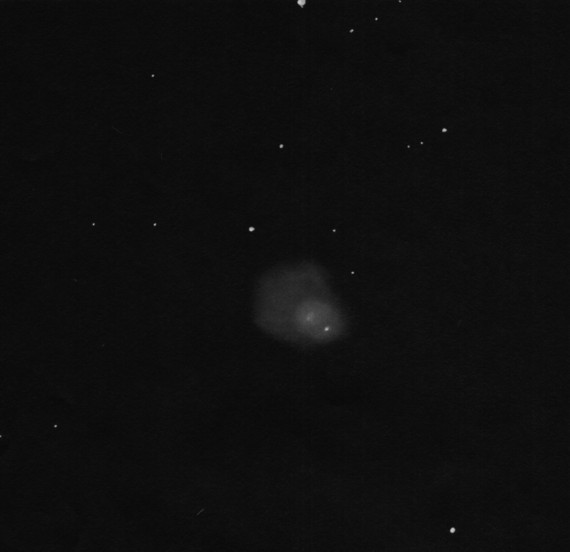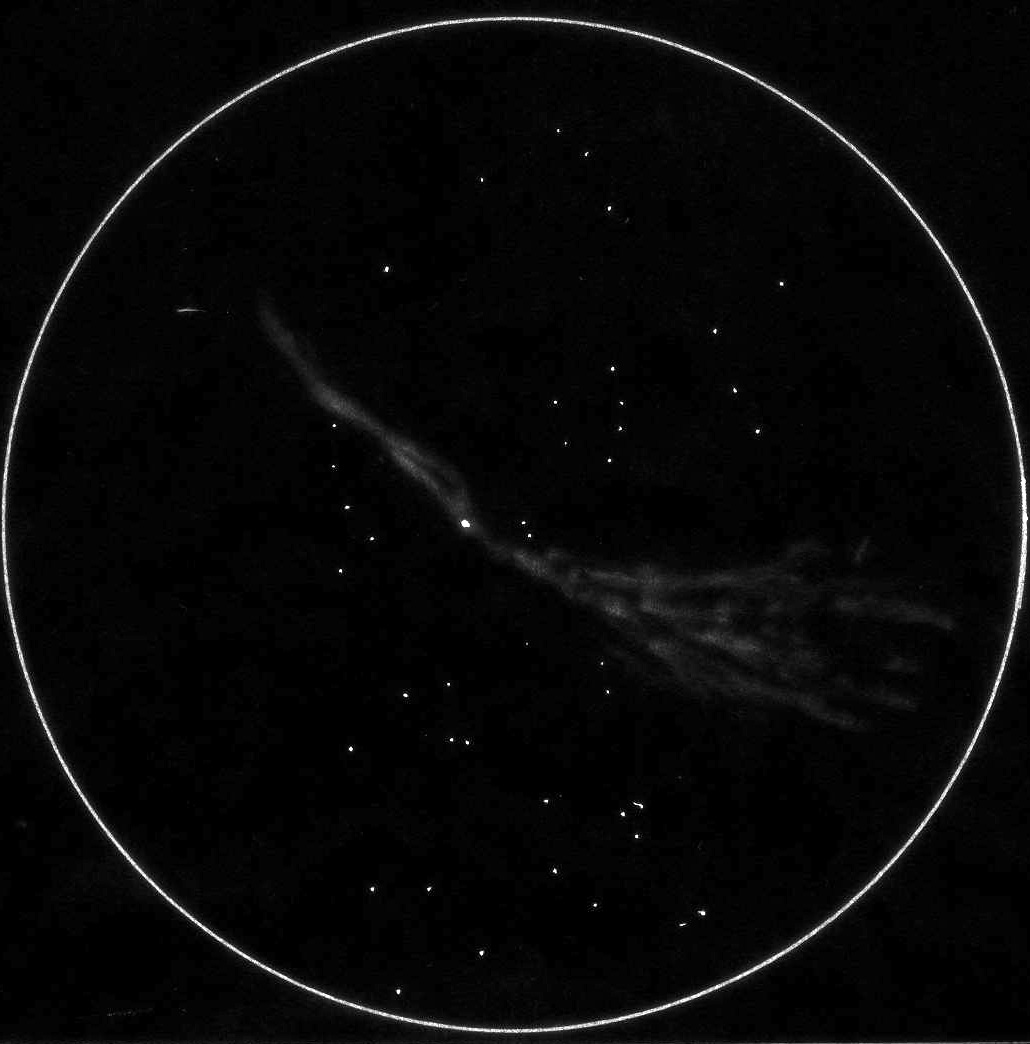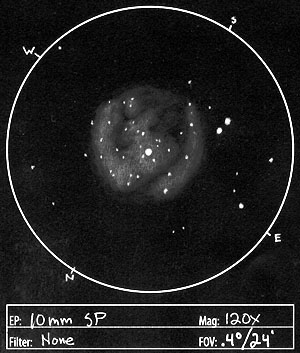
NGC 1499, The California Nebula
By Rony De Laet
Hello all,
Another challenging object suggested by Sue French is the California Nebula. The object has been imaged very often, mostly with an H-Alpha filter. I tried several times from within my backyard to locate NGC1499 visually with my four inch scope. With the H-Alpha images in mind, I expected to see an obvious streak of light in the eyepiece. Of course, my nelm 5.2 sky did not offer me such a view. At home, I suspected some nebulosity North of Xi Persei. I wondered what the Alpine sky would reveil of NGC 1499. My findings were at first dissapointing. I saw the same nebulosity as from my backyard, only did it show up more obvious. The way NGC 1499 appears to me visually would not inspire me to call it a California shape. Nevertheless is NGC 1499 a very interesting object for the patient observer. I estimated the Nelm in Austria (Bisschofshofen) that night around mag 5.7. A better sky would offer a more detailed view for sure. Here is my impression.
Date : December 27, 2007
Time : around 17.30UT
Scope : Skywatcher 102/500
Eyepiece : Meade SP 26mm
Power : x20
FOV: 150′
Filter : Lumicon UHC
Seeing : 4/5
Transp. : 4/5
Nelm : 5.7
Elevation : 800m ASL
Sketch Orientation : N up, W right.
Digital sketch made with PhotoPaint, based on a raw pencil sketch.





